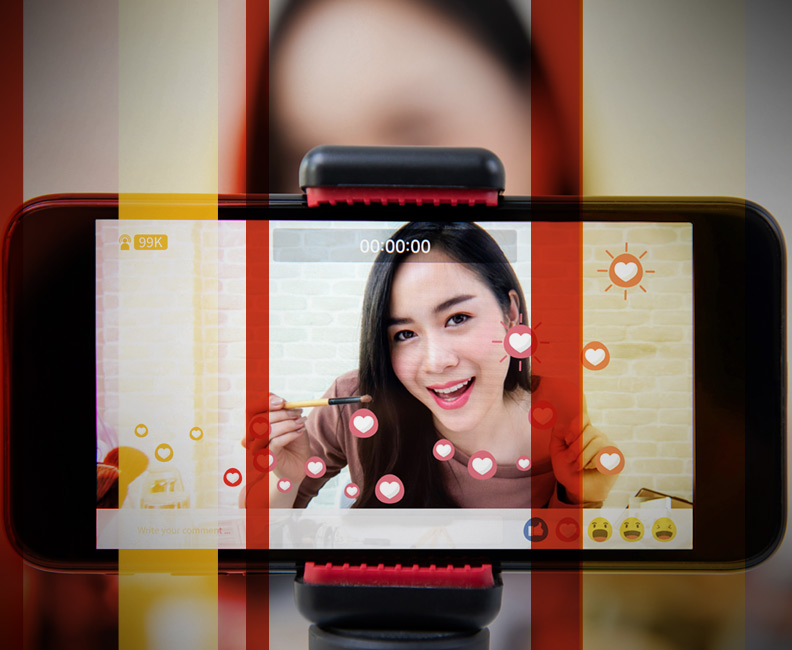
Thinking
Have you been influenced by a “de-influencer”?
As a smart marketer, you have no doubt heard of influencers and the role they play in buying decisions. They’re also part of a new, opposite trend that has been popping up in feeds: de-influencing. What gives?
“De-influencers” are steering their audiences away from overpriced, ineffective products and guiding them to buy nothing or find a “dupe,” a similar, more affordable version. This is no small trend. In 2023, more than 750 million views were logged of videos tagged #deinfluencing on TikTok.
Why does this matter?
Just like the generations before them, Gen-Z is looking to reviews before purchasing. But instead of searching on Google or the product review section, they’re seeking out the #deinfluencing videos on social media.
How is consumer behavior changing?
In 2023, the global influencer marketing industry reached $21.1 billion, increasing by 21% from the previous year. This resulted in social feeds filled with sponsored content and ads from our favorite influencers promoting their “favorite” products. Consumers began to question the authenticity of that content, creating a window for de-influencers to share their honest opinions on viral products and provide cheaper, more effective alternatives.
One example of this is the Stanley tumbler situation. Stanley tumblers have caused retail chaos with their seasonal color drops in stores. However, online creators are quick to remind viewers that there are other options available that work just as well, often at a better price point.
De-influencers put in the work, so shoppers don’t have to, whether it’s buying multiple vacuums to test in real-time, buying similar beauty products for side-by-side comparisons on their own skin, or pulling together a list of links of dupes of pricier items.
De-influencers’ authenticity and eagerness to save their audience money quickly has helped them establish trust, turning them into the honest friends you rely on when shopping in real life. They also remind their audiences to break those overconsumption habits, avoid fast fashion and to look beyond labels.

What happens if your brand is being de-influenced?
If you’re a digital marketer with active social channels, this is likely starting to make you sweat a little. Don’t fear – being the star in a de-influencer’s video is not the end of the world.
First and foremost, don’t freak out. And do not take impulsive actions – as in, don’t start responding to the de-influencer from your brand account. Remember, the algorithm moves quickly and de-influencers will move on to their next topic.
Keep an eye on the situation and observe how people react to the video. If you decide that a response is warranted and appropriate, be mindful of what you say and how you say it. Most importantly, comment with your brand’s voice in mind, and remember that once you post it, it will be there for everyone to see … in perpetuity!
Finally, look at the de-influencing content as an opportunity to listen to your community and better engage with them. Take their negativity with grace and see it as a way to get free feedback that could improve your product in the future.
A proactive social media team is essential for monitoring online conversations surrounding your brand on social media. This might sound easy, but it takes time and a trusted team that understands your brand and your audience.
What are the long-term impacts on influencer marketing?
Does the de-influencing trend mean influencer marketing is coming to an end? No! But it does mean you need to be mindful of how you set up these arrangements. Fostering relationships with industry influencers can give you a competitive edge, keeping your brand at the forefront of trends and consumer conversations.
Stay tuned in with the latest trends that can lead to collaborations with influencers who authentically love your business. Focus on content from those trusted online creators who continue to put your product in front of an engaged following.
As a marketer, what should your key takeaways be for the de-influencing trend? Consumers are doubling down on transparency from brands and expect them to listen to their community to build trust. Brands that can naturally share their values and stay honestly engaged fulfill that craving for more authenticity.
Wondering how to use influencers to up your social media game? Give us a call.

